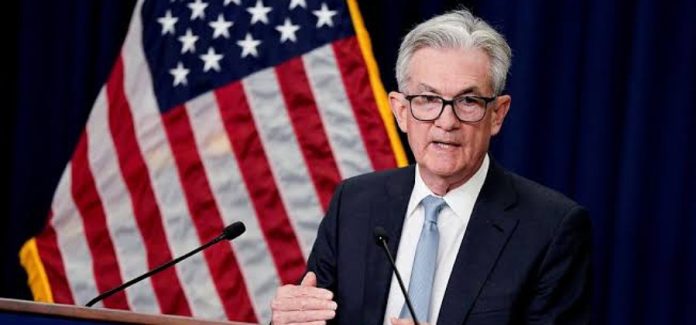The US economy records stronger-than-expected job growth in December, adding 256,000 jobs compared to forecasts of 160,000. This signals a resilient labor market and shifts expectations for Federal Reserve interest rate policies, posing potential risks for Nigeria’s naira in the coming year.
US Job Growth and Interest Rate Expectations
According to the Bureau of Labor Statistics, December job creation surpasses November’s revised figure of 212,000. Following this report, US Treasury yields rise sharply, with the 10-year yield reaching 4.76% and the two-year yield at 4.38%. Market projections now push the timing for the Federal Reserve’s anticipated interest rate cuts from June to September 2025.
Some financial analysts predict reduced chances of multiple rate cuts and even consider possible rate hikes if inflation accelerates.
Impact on Nigeria’s Economy
The latest US jobs data dampens expectations of increased capital flows to emerging markets like Nigeria, where analysts previously anticipated improved investments to support the naira. Prolonged high US yields may instead attract investors to safer US assets, reducing interest in riskier markets.
Nigeria’s dollar-denominated debt service costs may rise as US rates stay high, compounding fiscal challenges. The depreciation of the naira could further burden government finances while tightening options for fiscal and monetary policy adjustments.
Currency Market Stability
Despite a 40% depreciation in 2024, Nigeria’s exchange rate shows signs of stabilization, closing the year at N1,553/$1. Recent stability is credited to the Central Bank of Nigeria’s introduction of a forex matching system, which improves market transparency and liquidity, strengthening the naira to N1,544/$1 by year-end.
However, with elevated US rates projected to persist, Nigeria’s foreign exchange market may face renewed pressures. Economists emphasize the importance of effective policy interventions to maintain currency stability and mitigate inflation risks in 2025.














